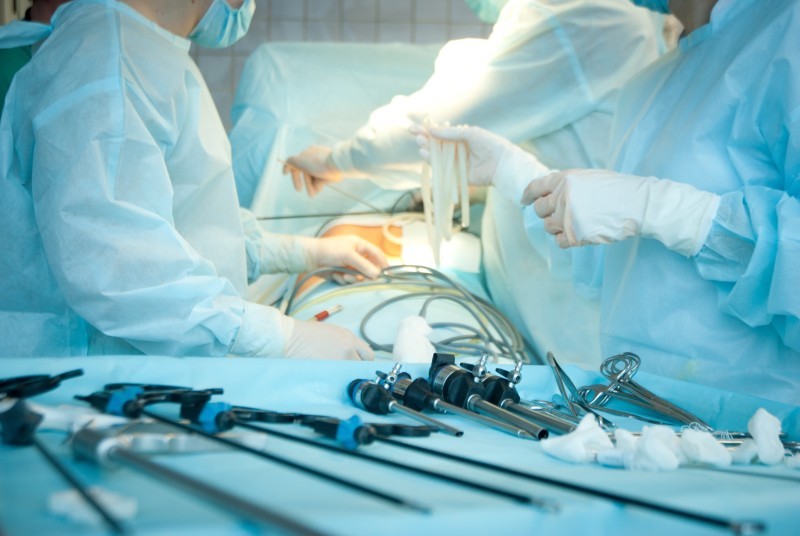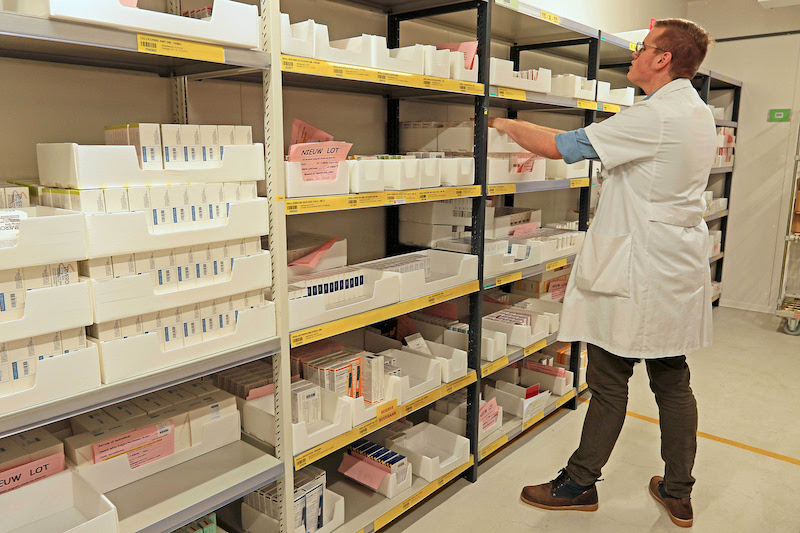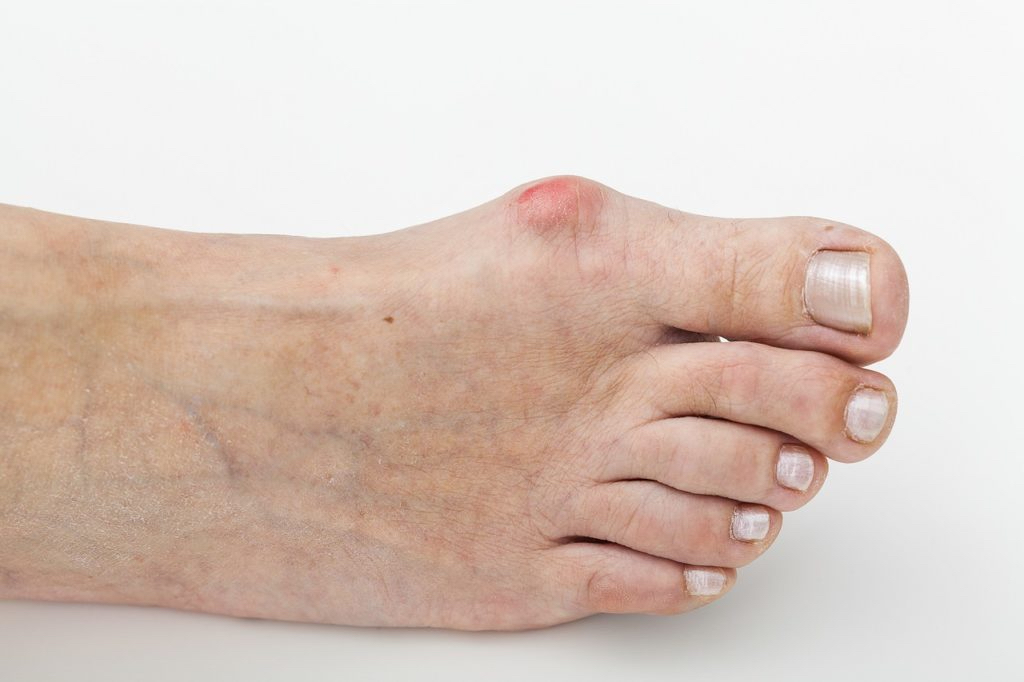
Evolution of Laparoscopic Surgery
The interdisciplinary team of Instituto Materno-Infantil (IMI – Mother and Child Institute), led by Dr Rafael Fraile, has specialized professionals in gynaecology and obstetrics. Moreover, it also has the necessary tools to develop diagnostic and therapeutic procedures, with the aim of solving any disease related to the female reproductive system.
IMI locates in the Medimar Vithas International Hospital and, in addition to the subspecialties typically included within a hospital, some years ago it introduced gynaecological surgery (endoscopy, laparoscopy, and hysteroscopy).
Since the beginning of medicine, man has endeavoured to develop tools that would enable him to diagnose and treat diseases without making large incisions. Thus, endoscopy was born, of which its main characteristic is to use minimally invasive techniques. In this way, you can perform surgery with better cosmetic results and a faster recovery. This is a surgical technique that has greatly progressed in recent years thanks to new technologies.
The development of robotics, allowing greater optimization of resources and greater accuracy, has not been oblivious to the medicine. Thus, today it has started to use successfully the Da Vinci robot, through which it also performs gynaecological surgeries. This new technology is more accurate and convenient for the surgeon.
Precursors of endoscopy
Endoscopy is the process by which we look inside the human body through the introduction of medical tools. The first to perform diagnostic and therapeutic procedures through endoscopy was the Greek doctor Hippocrates of Kos.
Pioneers in laparoscopy
Philip Bozzini was a pioneer of this technique. In 1805, he presented his Lichtleiter in Vienna. It was a tool enabling direct light into the body. Images were obtained through the projection using mirrors.
In 1853, Antoine Jean Desormaux perfected and used Bozzini’s Lichtleiter for the first time in humans. The light source was a lamp that was burning a mixture of alcohol and turpentine. The largest number of complications were due to burns regarding the light source. Desormaux is considered the father of endoscopy.
Benefits of laparoscopy in gynaecological surgery
Laparoscopy currently exemplifies, comprehensively, the minimally invasive gynaecological surgery. If we compare laparoscopic surgery with laparotomy, the former has a lower incidence of complications and a faster recovery.
Hysterectomy by laparotomy has hospitalizations of 3-6 days and up to 6 weeks of convalescence. However, laparoscopic hysterectomy involves hospital stays of 1 or 2 days with a full return to normal activity after 1 or 2 weeks. Laparoscopy allows and facilitates the diagnosis and treatment of pathologies such as endometriosis, uterine fibroids, among others.
The IMI has a group of professionals who use the latest techniques to meet the health needs of women. Minimally invasive surgery techniques can perform both benign processes and more complex surgeries. Consequently, better results than traditional surgery; they are more beneficial to patients and allow a lower hospitalization.
Dr. Fraile Pérez-Cuadrado
Doctor in Medicine and Surgery
Specialist in Gynecology and Obstetrics Level IV Ultrasound SESEGO




